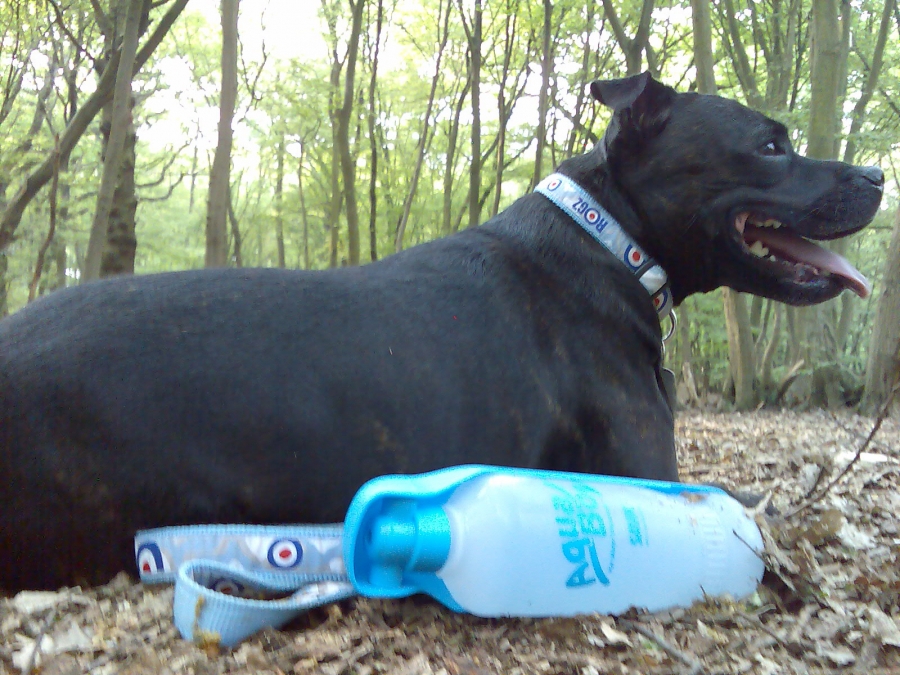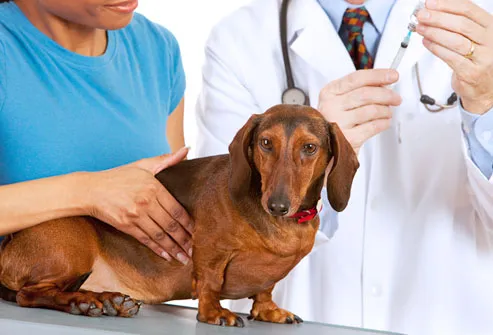
From the deep
woods to urban parks to right in your own backyard, ticks are common parasites that
can be found anywhere! These pesky
arthropods are a potential danger to you and your pet. We had 3 positive cases of Lyme Disease this past week alone!
Deer ticks
transmit Lyme disease which is caused by a bacterium called Borrelia burgdorferis. Lyme disease is zoonotic which means it can be
transmitted from pets to humans.
Symptoms in pets can be difficult to detect and may not appear until
several months after infection. Also, symptoms may come and go and can mimic
other health conditions.
Deer ticks also
spread anaplasmosis (Anaplasma phagocytophilum). This form of anaplasmosis targets white blood cells
and can difficult to diagnose. This is also a zoonotic
disease and must be considered for both pet and human health.
The brown dog tick transmits another form
this disease caused by Anaplasma platys. It is spread by brown dog
ticks and leads to infection of platelets which can cause bleeding disorders in
pets. Brown dog ticks also carry Ehrlichia canis which
is similar to anaplasmosis in that it is zoonotic and attacks white blood cells.
 In
our area of
In
our area of
It
is important to check yourself and pets periodically for ticks and promptly
remove them. Use tweezers (or a tick remover) to grasp the tick as
close to the skin as possible and pull gently and slowly away from the skin. Do
not twist, jerk, or pull hard. Once the
tick is removed, put it in rubbing alcohol. This will kill the tick. Remember to
disinfect the bite wound to prevent secondary infections.
Yard
maintenance is also essential to protect against ticks. Keep
brush picked up, wood stacked, and bird feeders away from high traffic areas. Tick
control should be a comprehensive effort.
Vaccinating for Lyme disease, using
monthly preventative, maintaining your yard, and testing your pet for early
detection and treatment if necessary will give your pet the greatest chance
against ticks and the diseases they carry.




